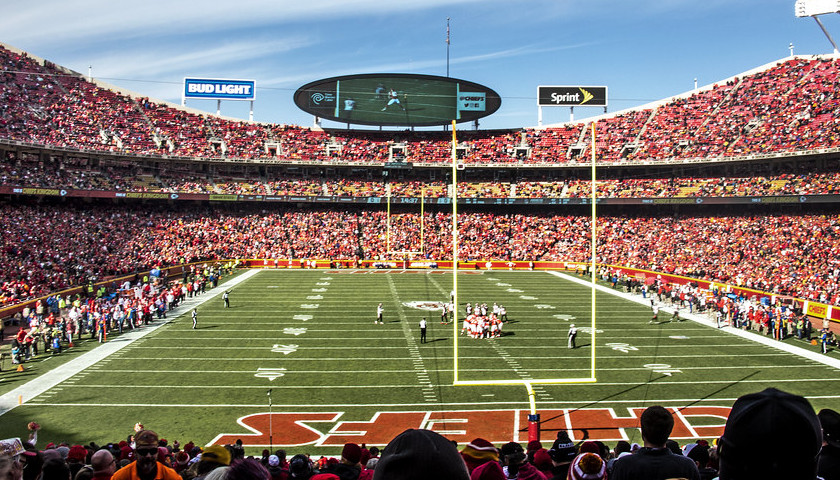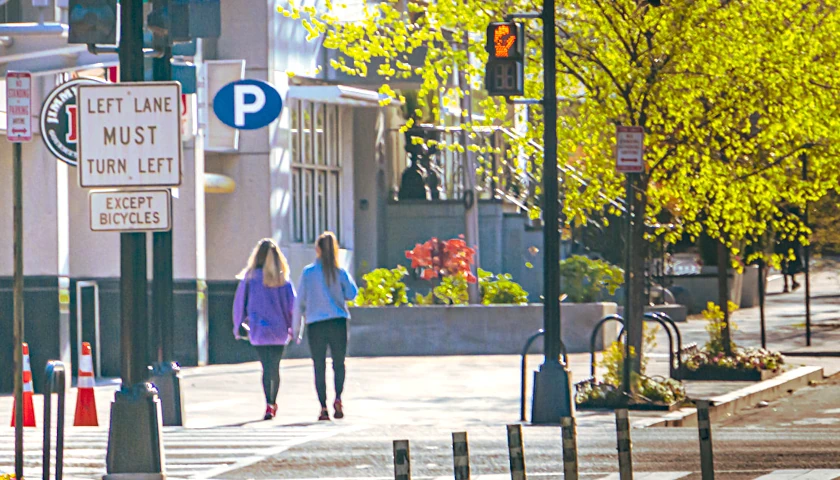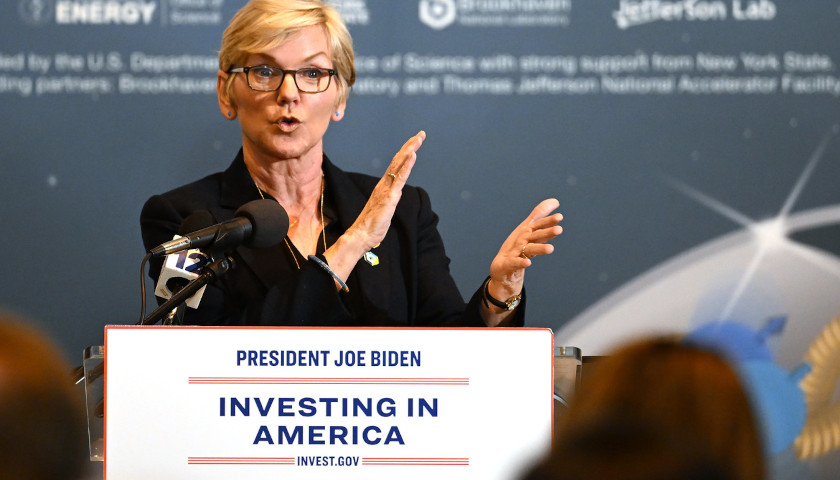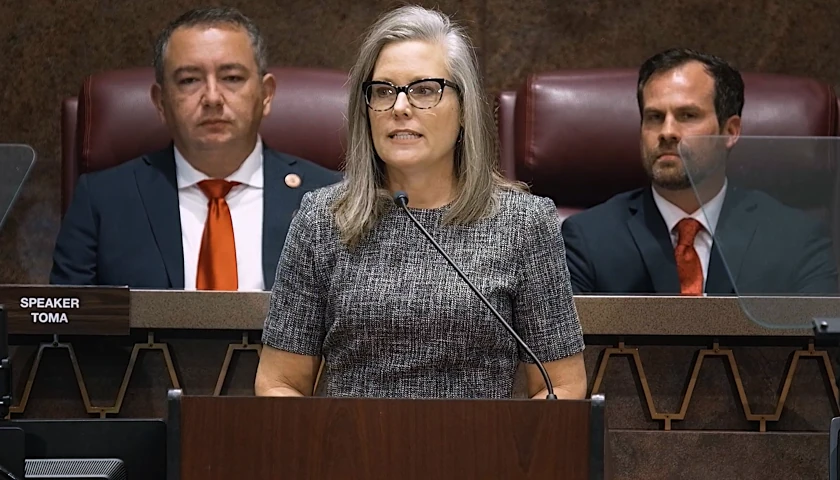by Peter Jacobsen
Over the last few weeks, rumors have been circulating that the Kansas City Chiefs are considering moving from Kansas City, Missouri to Kansas City, Kansas.
Chiefs prez Mark Donovan, when asked this AM about potential new stadium options, said the team has considered options in state of Kansas. They like Arrowhead and legacy of Lamar Hunt’s stadium, but have been pitched by Kansas developers on a bunch of options. Something to watch.
— Kevin Clark (@bykevinclark) March 29, 2022
The Chiefs have been one of the most dominant teams in the NFL for the last five years. And, as a Kansan (and a native of Omaha, Nebraska) I consider myself a Chiefs fan.
Despite this, I want the Chiefs to stay out of my state. No, it isn’t because I’m bitter about Tyreek Hill being traded to the Miami Dolphins. My understanding of economic theory and the evidence on the impact of sports teams is what drives my desire to keep the Chiefs on the “other side” of Kansas City.
Sports Teams and the Threat of Exit
But why would the Chiefs leave? They seem to be having success being housed in Missouri. The Chief’s stadium, Arrowhead, is often claimed to be the loudest stadium in the NFL. This noise gives the Chiefs a strong home field advantage.
In the 2021 season, the Chiefs had the fifth most attendance out of 32 teams. Moreover, Arrowhead, though technically old, is anything but out of date. A $375 million dollar renovation was completed in 2021.
So why would the Chiefs consider moving?
It’s actually pretty simple. If the Chiefs can convince politicians in Kansas City (either Missouri or Kansas) to improve a current stadium or build a new one on the taxpayer’s dollar, they can absorb the benefits of a new stadium at no cost to the franchise.
And what are the benefits? Well, apart from the obvious benefit of enjoying newer facilities, a new stadium also attracts larger crowds. Research finds new stadiums are related to more attendance—and therefore more revenue for the team—for up to a decade after they’re built.
New facilities also often include new “technology” for capturing revenue, such as different types of luxury seating which helps the team charge more to fans interested in watching in style. These “technologies” seem very important to a team’s value. The Dallas Cowboys, for example, are the most valuable team in the NFL and they, “rank first in the league in revenue from suites, club seats, sponsorships and non-NFL stadium events”.
So, if the Chiefs believe politicians will fear them leaving for a better stadium, this might induce them to give more tax revenue away for new facilities to keep the teams around.
Economists would call this threat rent seeking on the part of the Chiefs. The Chiefs take on a costly “search” for other homes, and, in exchange, are able to capture wealth.
This is at the heart of why I don’t want the Kansas City Chiefs in Kansas. Any stadium built to attract Reed, Mahomes, and the rest of the gang will come from the taxpayers of Kansas.
But I can already hear the reply—the stadium will help the economy, right? Wrong.
Sports, Stadiums, and Spending
So how do politicians justify using tax dollars to build stadiums? The story is simple. A sports team means more spending on sports. And more spending on sports means more spending in town. And more spending in town means more jobs and tax revenue!
But that logic is bad for several reasons.
First, the data just doesn’t pan out. As Michael Leeds summarizes in his textbook, The Economics of Sports:
From the pathbreaking work of Robert Baade and Richard Dye to recent research by Baade, Victor Matheson and Robert Baumann, or Dennis Coates and Brad Humphreys, economists have consistently found little or no evidence that facilities and teams affect the level of employment, tax receipts, incomes, or wages in a city.
So, myth busted. But why? Well, the first thing to note is that the people who go to home games are mostly people from in-town. Those people don’t spend additional money in town when they go to a sporting event. They spend money that they would have spent elsewhere in town. Instead of a nice lunch, people go to a ballgame and get a hotdog.
In other words, this is substitutionary spending—not new spending.
But this isn’t even the most important reason why stadiums don’t help the economy! Even if a new sports team did create new spending, jobs, and tax revenue, this would not mean the city would experience economic growth.
To understand why, consider Frédéric Bastiat’s explanation of the broken window fallacy. Bastiat’s parable explains why spending by itself is not necessarily a boon to the economy.
Imagine a vandal breaking a shop owner’s window. The shop owner now has to use money to buy a new window. Buying a new window makes work for a glassmaker, who now has more money to buy something else and make more jobs.
So if we want a simple way to grow the economy while adding income and jobs, we should just go around breaking windows right?
By now alarm bells should be going off in your head. Something is wrong here.
The problem is, this example is ignoring what is lost by creating work for the glassmaker. The shop owner now has less money to spend or save. Perhaps that means in order to replace the window the shop owner must give up buying a new suit. Or maybe the money used for the window would have been put in the bank to be loaned out to a new business.
So now, not only does a suit tailor or borrower lose that potential income, the shop owner has to settle for the worse situation of using money to replace something broken.
This idea of the highest valued thing that is given up by a particular action is what economists call opportunity cost.
And while the job made for the glassmaker is seen, the opportunity cost of a suit never purchased goes unseen. (This is why belief in the virtue of broken windows is tempting.)
This same principle occurs when sports teams are brought to town. It’s possible, in theory, that a new sports team could generate more spending and therefore income and jobs. But this doesn’t take into account all the opportunities taxpayers give up when they fund a new stadium, opportunities that would have been more productive than the stadium.
So not only does the evidence show no real positive impact from sports facilities and teams, there is a negative impact from the opportunity cost that taxpayers lose!
Bringing the Home Team Home
So my fellow Kansans, we should be happy to let the Chiefs stay on the Missouri side of things.
Diehard fans in Kansas may be distraught. Is there any economically sensible way to bring the Chiefs home?
Scott Beyer, CEO of the Market Urbanism Report, suggests the NFL follow the lead of colleges.
Much like overtime rules and having teams in Nebraska, there are just some things college football is better at than the NFL. Stadium funding is one of those things. Beyer points out how many college football stadiums are supported through fan fundraisers.
Rather than raising taxes on non-football fans, a voluntary fundraiser ensures the money used to build stadiums is from fans who actually value the new stadium. Additionally, a voluntary fundraising norm will lower a team’s desire to seek rents from different political jurisdictions.
So in summary, unless Kansans start a fundraiser to draw the Chiefs in, my message to the Chiefs is clear—please stay out of Kansas!
– – –
Peter Jacobsen is an Assistant Professor of Economics at Ottawa University and the Gwartney Professor of Economic Education and Research at the Gwartney Institute. He received his PhD in economics from George Mason University, and obtained his BS from Southeast Missouri State University. His research interest is at the intersection of political economy, development economics, and population economics. His website can be found here.
Photo “GEHA Stadium” by Chris Murphy. CC BY-NC-ND 2.0.








